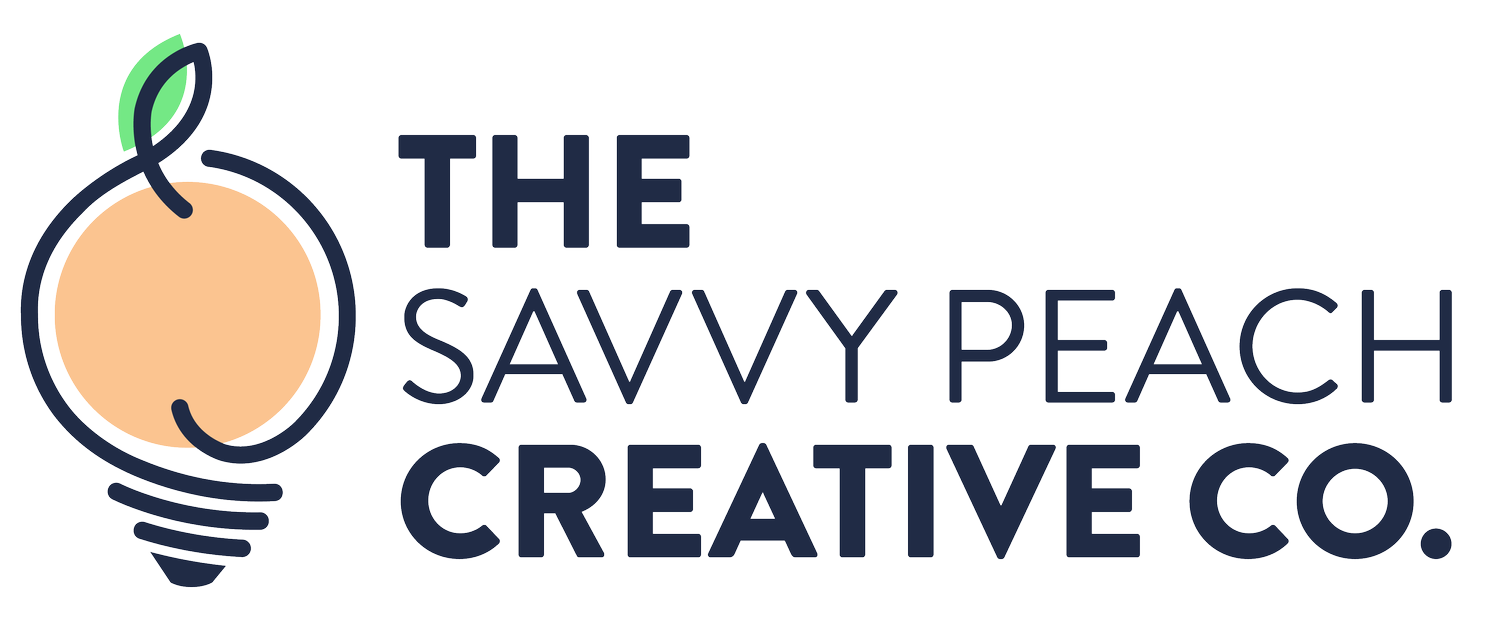Maximizing Impact with Minimalist Design: Essential Tips for Small Businesses
In an era where the average consumer is bombarded with information, minimalist design offers a breath of fresh air. For small businesses, adopting a minimalist approach can be a game-changer – helping them stand out with a clean, uncluttered style that captures attention and conveys messages more effectively. Learn how you can leverage minimalist design to create impactful, memorable branding without overwhelming your audience.
The Essence of Minimalism in Design
Minimalist design is all about simplicity and focusing on the essentials. It's characterized by clean lines, monochromatic or limited color palettes, ample white space, and a lack of superfluous elements. This approach isn't just an aesthetic choice; it's a strategic tool for clearer communication and stronger branding.
Why Minimalist Design Works for Small Businesses
1. Clear Communication: With fewer distractions, your message becomes clearer.
2. Cost-Effective: Minimalist design often requires fewer resources and can be easier to produce.
3. Timeless Appeal: Simplistic designs are less likely to feel outdated as trends evolve.
4. Focus on Quality: With minimalism, the quality of every element, from typography to color choice, is paramount.
How to Implement Minimalist Design
1. Define Your Core Message
Before you start designing, clarify what your brand stands for and what message you want to convey. Minimalist design is about stripping away the unnecessary, so knowing your core message is essential.
2. Use Space Intentionally
Embrace white (or negative) space. It’s not empty space; it’s a powerful design element that helps direct attention to where it’s needed.
3. Choose Colors Wisely
Stick to a limited color palette. Often, one or two colors, along with black and white, are all you need. Choose colors that reflect your brand's personality and emotion.
4. Focus on Typography
Select clean, readable fonts. Since there are fewer design elements in minimalist design, the font you choose can speak volumes.
5. Prioritize Quality Over Quantity
Every element in a minimalist design must be high-quality and purposeful. Ensure graphics, images, and text are crisp and relevant.
6. Keep It Functional
Every design element should serve a purpose. Avoid adding anything that doesn’t contribute to your message or user experience.
Overcoming Challenges
When small businesses adopt minimalist design, they often face the challenge of balancing simplicity without oversimplifying and avoiding a design that feels too stark. To overcome this, it's crucial to focus on the core elements of the brand, ensuring they are clearly represented while maintaining engagement. Incorporating warm colors, subtle textures, and strategic visuals can add depth and warmth, preventing the design from appearing impersonal. Regular feedback from the target audience and iterative design processes are key to refining the minimalist approach. Additionally, consulting with design professionals can provide valuable insights, helping to strike the right balance between minimalism and brand personality, ensuring the design effectively communicates the intended message.
Minimalist design is more than just an aesthetic choice; it's a strategic approach that can bring clarity, elegance, and focus to your brand. For small businesses, it offers an opportunity to make a big impact with a restrained approach, ensuring that their message is heard loud and clear. By following these tips and embracing the less-is-more philosophy, your business can create designs that are not only visually appealing but also effective in communicating your brand's essence.
For help with your design needs, schedule a 30-minute consultation with our design team today.

